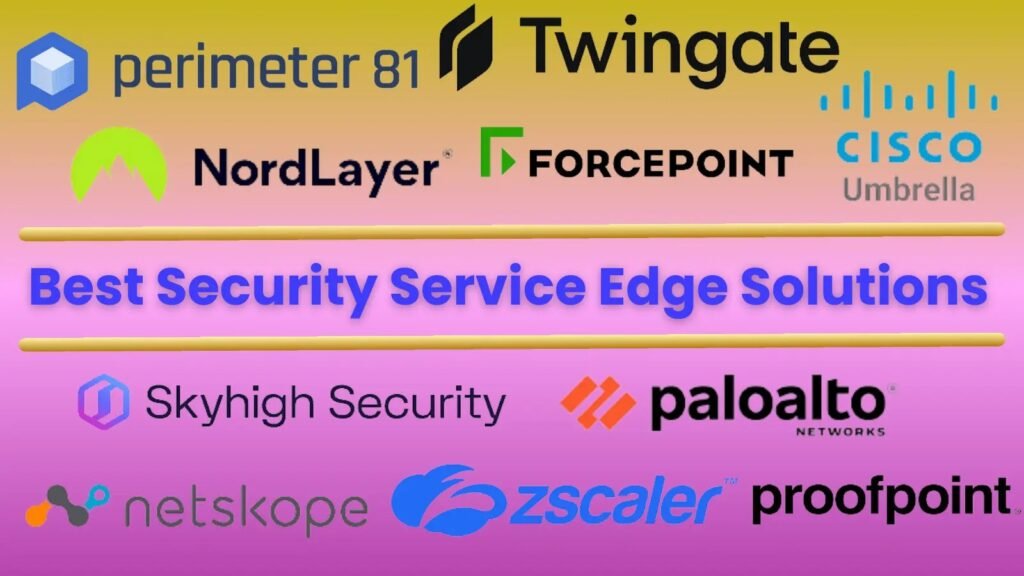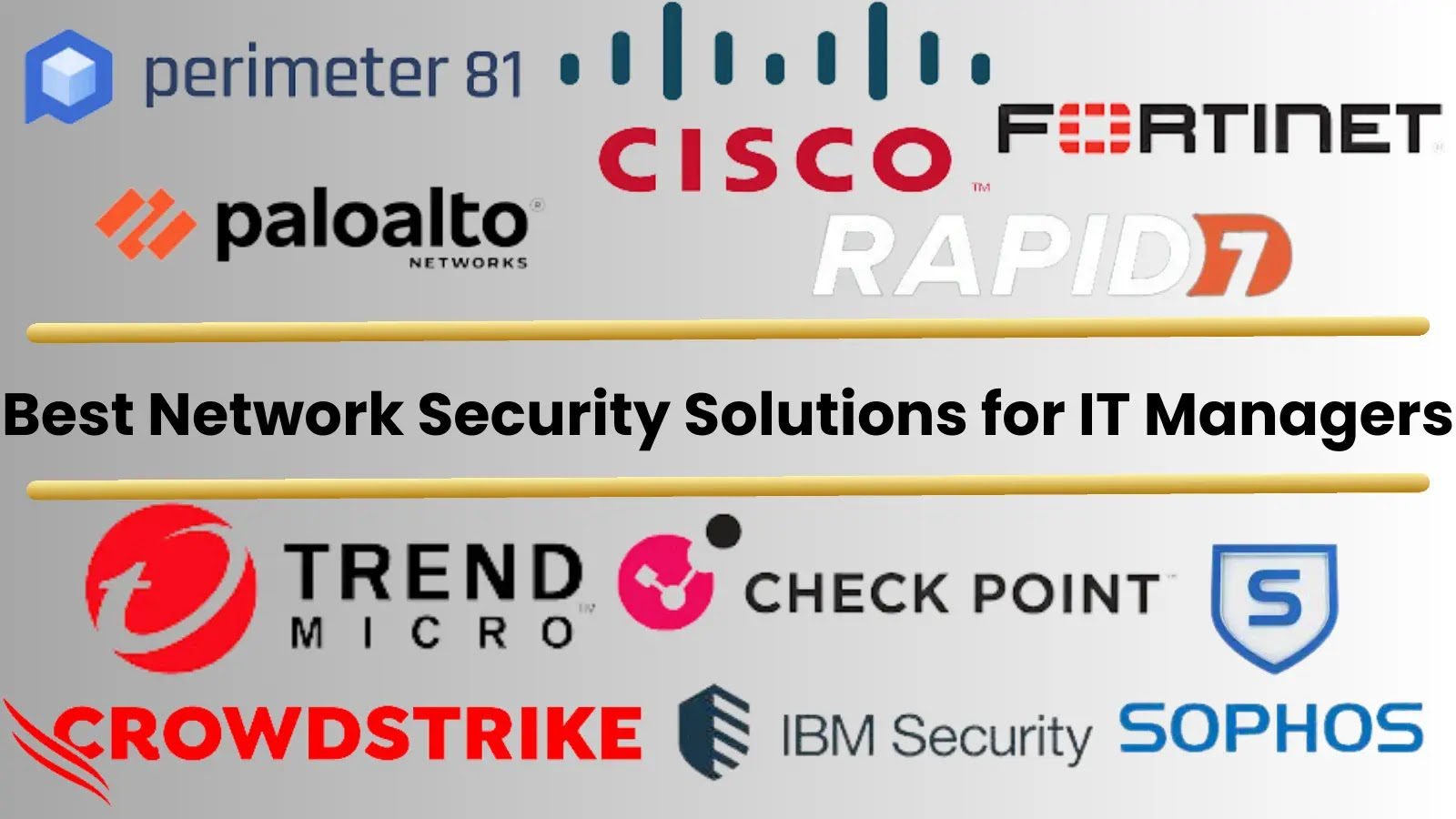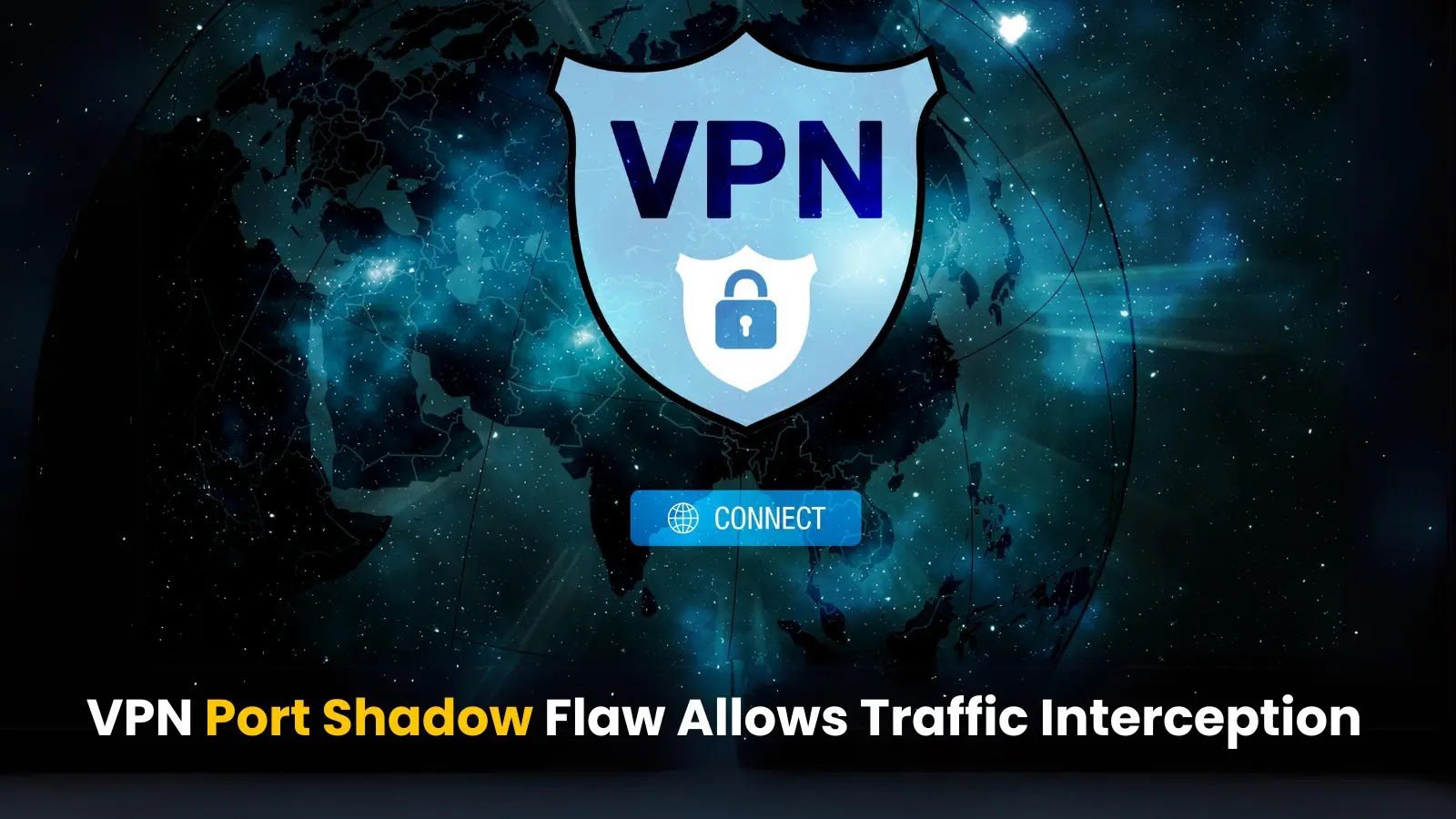Top 10 Security Service Edge (SSE) Solutions for Network Security – 2024
Security Service Edge (SSE) is an idea in cybersecurity that shows how network security has changed over time. It combines different security services into a single, cloud-based tool that gives users full protection and access control, no matter where they are.
SSE is made to help today’s spread-out workers, where standard network walls don’t exist anymore because so many people use cloud services, work from home, and use mobile devices.
With a focus on customized solutions, Security Service Edge Solutions leverages its expertise in multiple programming languages, frameworks, and methodologies to create reliable and scalable software solutions.
Report on the Market Share, Forecast, and Growth of Security Service Edge (SSE). The market size of the Security Service Edge is projected to reach around $0.8 billion by 2023. The projected growth rate from 2023 to 2028 is estimated to be 25.4% on an annual basis.
What is Security Service Edge (SSE) Solutions?
SSE Solutions, standing for Security Service Edge, is an idea in cybersecurity that focuses on delivering comprehensive security services immediately at a network’s border.
This approach’s integrated security capabilities include a secure web gateway, cloud access security broker, zero-trust network access, and firewall-as-a-service.
Its goal is to ensure the safety of users, apps, and data in a cloud-centric environment by supporting safe access to resources regardless of location.
Organizations may strengthen their defenses against ever-changing cyber threats with the help of SSE Solutions, which consolidates security services to improve visibility, control, and reaction capabilities. This helps with digital transformation strategies, remote work, and overall cyber resilience.
What is the Difference SASE vs SSE ?
The main differences between Secure Access Service Edge (SASE) and Security Service Edge (SSE) are shown in the table below. It shows their main purpose, their parts, how they are deployed, and how they are usually used:
| Feature | SASE | SSE |
|---|---|---|
| Definition | A comprehensive networking and security model that combines WAN capabilities with cloud-native security functions. | A subset of SASE focused specifically on security services, providing secure access to web, cloud services, and private applications. |
| Primary Focus | Integrates network and security services to provide secure and fast network connections regardless of user location. | Concentrates on security aspects, ensuring safe access to applications and data across any environment. |
| Key Components | – SD-WAN (Software-Defined Wide Area Networking) – CASB (Cloud Access Security Broker) – ZTNA (Zero Trust Network Access) – SWG (Secure Web Gateway) – FWaaS (Firewall as a Service) | – CASB (Cloud Access Security Broker) – ZTNA (Zero Trust Network Access) – SWG (Secure Web Gateway) – Data Loss Prevention (DLP) – Threat Protection |
| Deployment Model | Delivered as a cloud service, integrating both networking and security functionalities. | Primarily delivered as a cloud-based service, focusing on security services without the networking aspect. |
| Use Cases | – Organizations looking to simplify their network and security architecture – Businesses requiring secure remote access to applications and services globally – Companies needing to optimize network performance and access to cloud resources | – Enterprises aiming to enhance their security posture with a focus on cloud and web-based resources – Organizations looking to implement a Zero Trust security model – Businesses needing comprehensive security across multiple cloud environments |
Benefits of Security Service Edge (SSE) Solutions
- Improved Security: SSE solutions offer a complete security framework that protects against many online threats by combining security services like FWaaS, CASB, secure web gateways, and more.
- Simplified Security Infrastructure: Simplifying security design and management, SSE minimizes the difficulty of managing many point solutions by integrating various security tasks into a single platform.
- Improved Visibility and Control: Whatever the size or location of your organization, SSE gives you centralized control and visibility over all of your users, devices, apps, and data. Because of this, policy enforcement and risk management can become more effective.
- Support for Remote and Hybrid Work: Security Service Edge ensures that security standards are consistently executed regardless of the user’s location or device type. This facilitates secure access to apps and data for remote and hybrid employees.
- Cloud-native Integration: Scalable, adaptable, and in line with cloud adoption objectives, SSE solutions are built to work in cloud environments and interact with cloud services and apps without problems.
- Reduced Latency: Reducing the latency associated with backing up traffic to a centralized data center, SSE improves application performance and user experience by delivering security services closer to where the users are.
- Zero Trust Security Model: To reduce the attack surface, SSE solutions frequently adhere to the Zero Trust principles, which include authenticating all users and devices, only allowing the lowest level of permission, and constantly scanning for threats.
- Cost Efficiency: Saving money and easing the administrative load on IT departments are two benefits of consolidating security services onto one platform.
Best Practices on SSE Solutions
- Understand Your Security Needs: Evaluating user behavior, data sensitivity, application kinds, and compliance requirements is important before deploying an SSE solution. This will help you determine your organization’s security needs. This understanding will serve as a guide for the features and configurations chosen.
- Integration with Existing Infrastructure: Verify that your current IT and security systems are compatible with the SSE solution. Minimizing interruptions and making the most of your security expenditures are possible when new tools and systems are compatible with existing ones.
- Prioritize User Experience: Security must never come at the expense of the user experience. Look for SSE solutions that provide an acceptable medium between advanced security features and ease of use. The ideal solution would allow users to access data and applications with little delay and effort.
- Continuous Monitoring and Analysis: Keep an eye on things like network activity, user actions, and application utilization with the help of the reporting and analytics features included with SSE solutions. Potential security dangers can be better understood, and access controls can be fine-tuned using this data.
- Educate and Train Users: User awareness initiatives and training sessions should be conducted regularly. Security breaches can be drastically reduced with user education on acceptable practices, possible dangers, and the proper use of SSE features.
- Scalability and Flexibility: Choose scalable and flexible solutions to meet your organization’s evolving demands. It would help if you had an SSE solution that can scale with your company, supporting additional users, devices, and data without sacrificing security or speed.
How to Choose Best Security Service Edge (SSE) Solutions ?
Choosing the best Security Service Edge (SSE) solution for your organization involves evaluating a range of factors to ensure that the solution aligns with your business requirements, security needs, and technological infrastructure. Here’s a structured approach to selecting the most suitable SSE solution:
1. Assess Your Security Needs
- Identify Sensitive Data: Understand what sensitive data you have, where it resides, and how it’s used.
- Analyze Access Requirements: Determine who needs access to what resources and from where (e.g., remote work, office locations).
- Regulatory Compliance: Consider the regulatory requirements your organization needs to comply with (GDPR, HIPAA, etc.).
2. Evaluate Core Capabilities
- Comprehensive Coverage: Ensure the solution includes essential components like CASB, SWG, ZTNA, and FWaaS.
- Integration and Compatibility: Check how well the solution integrates with your existing security stack and IT infrastructure.
- Scalability and Performance: The solution should scale with your organization’s growth without compromising performance.
- Advanced Threat Protection: Look for capabilities to defend against advanced threats, including malware, ransomware, and zero-day attacks.
3. Consider Usability and Management
- User Experience: The solution should not overly complicate the user experience or hinder productivity.
- Centralized Management: Prefer solutions offering centralized visibility and control over security policies and events.
- Automation and Orchestration: Evaluate the ability to automate responses and orchestrate security workflows.
4. Look into the Provider’s Reputation and Support
- Vendor Reputation: Research the provider’s history, stability, and reputation in the cybersecurity industry.
- Customer Support: Ensure the provider offers robust customer support, including 24/7 assistance, technical resources, and a knowledgeable support team.
- Community and Ecosystem: A strong community or ecosystem around the product can provide additional resources and integrations.
5. Total Cost of Ownership (TCO) and Return on Investment (ROI)
- Cost Analysis: Understand all costs involved, including subscription fees, implementation costs, and any additional hardware or software requirements.
- ROI Consideration: Consider how the solution can improve security posture, reduce risk, and potentially lower costs in other areas (e.g., reducing the need for multiple point solutions).
6. Proof of Concept (PoC)
- Test in Your Environment: Before making a final decision, conduct a PoC to see how the solution performs in your environment. It should meet your security requirements without impacting performance.
- Feedback from Stakeholders: Gather feedback from IT, security teams, and end-users to ensure the solution meets technical and usability requirements.
7. Reviews, References, and Case Studies
- Independent Reviews: Look for reviews from independent analysts (e.g., Gartner, Forrester) and customer testimonials.
- Reference Checks: If possible, speak with existing customers about their experiences with the solution and the provider.
Selecting the best SSE solution is a critical decision that requires careful consideration of your organization’s specific needs, the solution’s capabilities, and the provider’s support and reputation. Taking a comprehensive and methodical approach to this process will help ensure that you choose a solution that effectively secures your digital assets and supports your business objectives.
Top 10 SSE Solution Providers and its Features
| Top 10 SSE solution providers | Key Features |
|---|---|
| 1.Perimeter 81 | 1.SSE, ZTNA, SDP 2.Global Backbone Network · 3. Hybrid Secure Web Gateway (SWG) 4. Malware Protection 5.SWG Web Filtering 6.Split Tunneling. |
| 2. Twingate | 1. Granular Access Controls 2 Device Intelligence 3. Universal MFA 4. Seamless Compliance 5. Zero Trust as Code 6. Security at Scale 7. Internet Security Client Configuration 8. Administration and Admin Console Security |
| 3. Cisco Umbrella Cloud Security Service | 1. DNS-Layer Security 2. Secure Web Gateway 3. Cloud Access Security Broker (CASB) 4. Cloud Data Loss Prevention (DLP) 5. Cloud-Delivered Firewall 6. Cloud Malware Protection 7. Remote Browser Isolation (RBI) |
| 4. Forcepoint | 1. Zero Trust Network Access (ZTNA) 2. Secure Web Gateway (SWG) 3. Data Loss Prevention (DLP) 4. Forcepoint ONE Firewall 5. Cloud Access Security Broker (CASB) 6. Remote Browser Isolation (RBI) 7. Email Data Loss Prevention |
| 5. Skyhigh Security | 1. Centralized policy management 2. Unified classification 3. Cloud application control 4. Malware protection 5. Data and permission controls 6. Web traffic routing 7. Threat protection 8. Secure web gateway functionalities |
| 6. Netskope Security Service Edge | 1. Simplified operations 2. Modernized cloud security 3. Zero trust with adaptive controls 4. Superior data protection 5. Enhanced user and app experience 6. Industry-leading SLAs |
| 7. Palo Alto Networks | 1. ML-powered Next-Generation Firewalls (NGFW) 2. High AAA rating for NGFW 3. Maximized ROI with network security platform 4. Unified network security architecture 5. Deep learning for real-time threat prevention 6. Advanced threat prevention and URL filtering 7. DNS security and data loss prevention 8. IoT security and SD-WAN |
| 8. Proofpoint | 1. Advanced BEC Defense 2. Email Fraud Protection 3. Unified Email Security Solution 4. Intelligent Content Filtering 5. Real-time URL and Attachment Defense 6. Policy-based Data Loss Prevention 7. Automatic Email Encryption |
| 09. Zscaler SASE | 1. Zero Trust Exchange 2. Cloud Protection 3. Digital Experience Monitoring 4. Client Connector 5. Privacy and Compliance 6. Secure SD-WAN Solution 7. Granular Security Solution 8. SSL Inspection 9. Bandwidth Control |
| 10. NordLayer | 1. SASE (Secure Access Service Edge) 2. Zero Trust Security Frameworks 3. Network Segmentation and Control 4. User Provisioning 5. Always On VPN 6. Shared and Virtual Private Gateways 7. Deep Packet Inspection (Lite) |
- By Shanthi vineela
- 8






